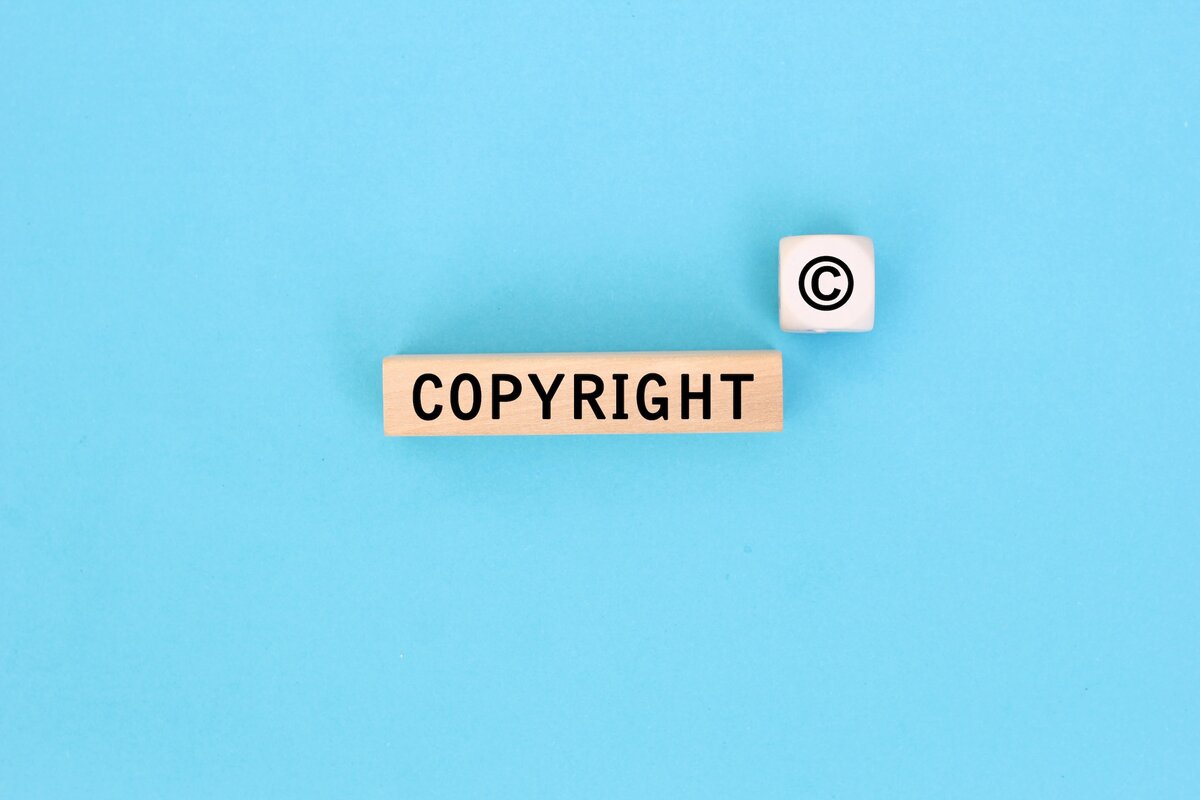Dissipation of Assets by Debtor – How Lumley v Gye Tort Can Assist Creditor
5 Août 2021
The notorious “dissipation” cases
One of the common questions a desperate creditor would ask is whether he/she can go after the ultimate owner/the controller of the debtor company instead of the debtor itself. In most circumstances, the answer is No because:-
- Under the “privity of contract”, only the contracting party can be sued for breach of contract. Where there is a written contract, a party is in general bound by its terms after signing. A party is not allowed to claim that there are contracting parties other than those stated in the contract, especially when the application of The Contracts (Rights of Third Parties) Ordinance has been expressly excluded.
- A company is accepted in law as a separate “legal personality” which is able to act on its own, and is also able to be sued and become liable on its own. In the case of a limited liability company, a shareholder’s liability is limited to the extent of his investment in the company.
- Only in very exceptional circumstances (such as fraud) that the court would “lift the corporate veil”. But even in the case of fraud, the UK Supreme Court once pointed out in VTB Capital plc v. Nutritek International Corp [2013] UKSC 5 that it is wrong to treat the persons behind as contracting parties to hold them contractually liable.
In view of the above cardinal principles, a cunning owner/controller may nominate a limited liability entity as the borrower/contracting party thus shielding oneself from personal liability. Such owners/controllers may also willfully drain the company’s financials or in more radical cases, they may even try to siphon off assets from the company to their related parties. In the latter scenario, as it is not uncommon for such controllers to have lent money to the company by way of shareholders’ loans, such controllers may even actively pursue the winding-up of the company with the ultimate goal to appoint a liquidator over whom they may exert influence.
Creditors’ options in such an unfortunate circumstance are limited. The creditor may try to obtain a Mareva injunction against the debtor company, which is, however, preventive in nature and would have no use if dissipation has already occurred. In such a situation, what has been consistently underexplored, if not overlooked, is the tort as recognised in Lumley v. Gye [1853] EWHC QB J73, or what is modernly called the tort of procuring a breach of contract. As will be seen below, this tort has been recently reinvigorated (in particular in the cases of Marex Financial Limited v. Carlos Sevilleja Garcia [2017] EWHC 918 (Comm) and Palmer Birch v. Lloyd [2018] EWHC 2316 (TCC)) to cover shareholders/ directors (and even ultimate beneficial owners and shadow directors) of a company who, through dissipation, have emptied the pocket of the company to deprive it of the means to make payments to its contractual counterpart. This may sound a bit ironic because while commercial lawyers have always tried to use the device of contract to avoid the need to establish a “duty of care” should a dispute later arise, it is tort law which comes to the rescue when no effective means is to be found in enforcing a contract. On the other hand, as will be analysed below, it cannot be overstated that a contract nonetheless plays a significant role here because the tort relies on the existence of a contract and a breach thereof (which in turn depends on the existence, breadth, legality and enforceability of a contractual clause). Viewed in this light, the existence of the Lumley v. Gye tort actually highlights the importance of the drafting technique of a commercial lawyer.
The Elements of the Lumley v. Gye Tort
The basic elements of the Lumley v. Gye tort are that:
- There at least has to be a contract.
- There at least has to be a breach of the contract.
- There has to be an element of participation (which has to be more than mere prevention) on the part of the shareholder/director/controller in causing the breach of the contract.
- The shareholder/director/controller must also have intended to procure the breach of the contract through its participation. Impliedly, they must also have known of the existence of the contract.
- The plaintiff has to have suffered a loss.
Having regard to the elements of the tort, it is then not difficult to understand why such a tort can be a useful weapon in a dissipation case against the controllers of the company where a breach of contract has already occurred. By definition, such controllers are in control of the company so that it is usually hard for them to insulate themselves from the dissipation. On the other hand, being close to the affairs of the company, they cannot really deny their knowledge of the contract. As for the fifth element, the non-payment under the contract is the loss suffered.
It can be immediately observed that while the Lumley v. Gye tort seems to have “sidestepped” the doctrine of separate legal personalities, it does not deny and is actually premised on the recognition of the separate legal personalities of a company and its controllers (so that they can be properly regarded as third parties). Therefore, there is no established policy reason to exclude a claim against the controllers once the elements of the tort are satisfied. The debtor in Palmer Birch tried to argue that the whole claim was an impermissible attempt to pierce the corporate veil but such argument failed.
As can be shown in the Supreme Court case of Sevilleja v. Marex Financial Ltd [2020] UKSC 31, a claim based on the Lumley v. Gye tort is allowed even when the company is in the process of being wound up. The no reflective loss rule is no bar to such a claim. A general creditor may therefore be in a more advantageous position since he/she could have a direct claim against the controllers circumventing the problems of ranking lower than secured creditors or ranking pari passu with claims of other general creditors.
Is there a tort of knowingly inducing or procuring the wrongful violation of a judgment debt?
Under the doctrine of merger, upon obtaining a judgment, the contractual debt has “merged” into the judgment and the claimant can no longer rely on the original contractual debt. The question then is, whether the creditor can still rely on the Lumley v. Gye tort where the non-payment is in respect of a judgment debt deriving from a contractual debt? This is the scenario encountered by the English Court in Marex Financial, where at first instance Knowles J decided in an interlocutory application hearing that there exists a tort of knowingly inducing or procuring the wrongful violation of a judgment debt, thereby extending the application of the Lumley v. Gye tort to cover such a judgment debt. Though this case was subsequently appealed to the Supreme Court on other points, ruling on this point remains undisturbed.
The decision of Marex Financial however leaves another problem unaddressed. Given that the original Lumley v Gye tort only recognizes contractual interests as a specific asset class worthy of its protection, it remains to be seen whether the tort of knowingly inducing or procuring the wrongful violation of a judgment debt can be extended to judgment debts based on other causes of action (e.g. a monetary judgment obtained solely based on a tortious claim).
Even if the tort of knowingly inducing or procuring the wrongful violation of a judgment debt is kept within its current bounds, it still represents an outlier in the common law world because a cause of action is generally considered as completed upon the grant of the judgment so that the failure of the debtor to satisfy a judgment debt would not give rise to another cause of action, and the creditor is left with traditional enforcement actions and winding-up proceedings. By this special tort, the creditor can now launch a new claim against the shareholder/director/controller of the debtor company where the judgment debt (which has to be derived from a contractual debt) remains unsatisfied.
Comparison to other economic torts
The Lumley v Gye tort also has the following advantages when compared with other economic torts:
- No fraud needs to be proved as in the case of tort of deceit. It has to be borne in mind that fraud is a serious allegation and it is hard to prove fraud in a commercial context.
- No unlawfulness needs to be proved as in the cases of unlawful means conspiracy and unlawful interference.
- Unlike conspiracy, only one wrongdoer (other than the contract breaker) is enough in the Lumley v. Gye tort.
The Lumley v. Gye tort also seems to be exceptionally useful against shadow directors who are acting outside of the constitution of the company. Ironically, this may deprive them of the defence of “acting bona fide within the scope of his authority” conferred on by the company whereas such a defence is generally available to a de jure director. It is therefore not a coincidence that the main defendant in both the cases of Marex Financial and Palmer Birch is a shadow director.
On the other hand, in dissipation cases, what the claimant requires is some initial evidence that there has been dissipation of assets from the company. Such financial information is not normally available to outsiders and as the claimant cannot fish for evidence, he may have to obtain such evidence through other legal routes. Such routes may include contractual clauses which allow access to financial information (which are commonly included in commercial agreements), as well as disclosure orders ancillary to a Mareva injunction.
Conclusion
Both the cases of Marex Financial and Palmer Birch have not been considered by the Hong Kong courts in the context of a Lumley v. Gye tort. It therefore remains to be seen whether the two cases will be followed by the Hong Kong courts, especially when the flexible use of the Lumley v. Gye tort has the effect of sidestepping many of the long-lasting common law principles as described above. However, as an experienced litigator can tell, there is often no better way to apply pressure on the other side than to sue the natural persons behind, and for this reason alone the possibility of launching a claim based on the Lumley v. Gye tort is worth exploring.
Our firm has extensive experience in debt recovery action in HK. If you have any question regarding the topic discussed above, please contact our partner Anna Chan at anna.chan@oln-law.com or Martin Tse at martin.tse@oln-law.com for further assistance.
August 2021
Author(s)
Recent News

 Suite 503, 5/F, St. George's Building, 2 Ice House Street, Central, Hong Kong
Suite 503, 5/F, St. George's Building, 2 Ice House Street, Central, Hong Kong +852 2868 0696
+852 2868 0696
















